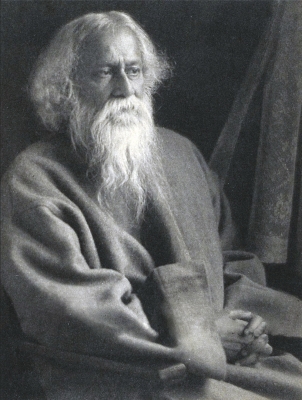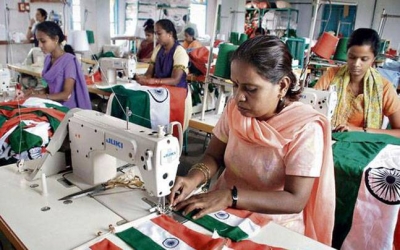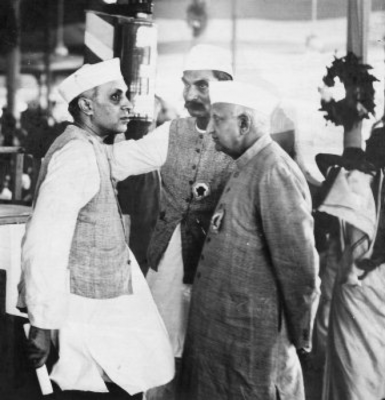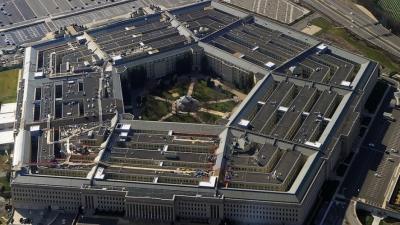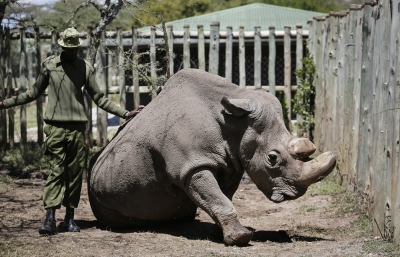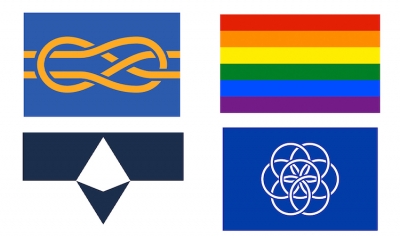Who is the biggest producer of mango in the world?

India is the world's biggest producer and consumer of mangoes. More than 40% of the world's annual output of mangoes comes from India, far ahead of the competition from China and Thailand. Mango is the national fruit of India, Pakistan and the Philippines, and the national tree of Bangladesh.
Making a presentation on "India’s export of table grapes to European Union" to leading British importers at the India House, Dave said the country also topped in the production of bananas with 10,200,000 tonnes as against world production of 58,618,000 tonnes, constituting 17.4 per cent of the whole.
C. Phunsog, minister (Economics) in the Indian high commission presided over the meeting. Dave informed that India ranked 13th in production of grapes with 1,200,000 tonnes last year as against the world’s production of 57,397,000 tonnes.
India had taken adequate measures to ensure prescribed pesticide residual limits in grapes produced by it, following an alert issued by the European Community last year, he said. India came second as regards production of all fruits, next only to Brazil. In the category of major vegetables, India topped in the production of cauliflower in the world with 4,800,000 tonnes as against world’s production of 12,725,000 tonnes in 2002-03, he said.
Credit : The Economics Times
Picture Credit : Google
